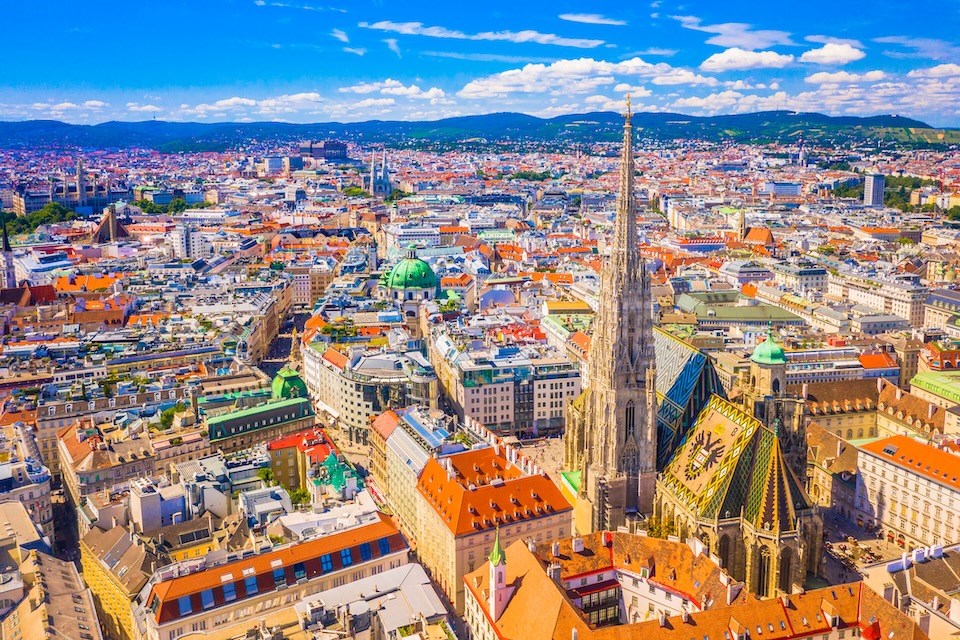Vienna, once the centre of the Holy Roman Empire, has a history as rich and fascinating as any of the world's top cities.
But much of the Austrian city's charm shines in its taverns, warm inhabitants, cafes, and green spaces (over 50 per cent of Austria is forested).
One-third of the city was destroyed after World War II, but much has been restored to its original integrity. Walking through its streets truly feels like waltzing through another era, and it doesn't hurt that you might spot someone dressed like Mozart (complete with a powdered white wig) or see horse-drawn carriages.
I spent five days exploring the world-class Austrian capital, and also did an overnight stay in Salzburg.
I'll help you plan your trip to Vienna from Â鶹´«Ã½Ó³»International Airport (YVR), including some tips on what to see and do in the Austrian city.
Getting around: Transportation in Vienna
The (CAT) takes travellers to the Wien Mitte (Vienna City Centre), with a return ticket at €24.90. The trip only takes 16 minutes, and it runs every half hour, with the first train departing the airport at 6:07 a.m. and the last train at 11:37 p.m.
I found the Vienna airport slightly confusing to navigate at first, particularly determining which train to take into the city was somewhat confusing. It could have been because of my lengthy travel day, which began with a long first flight out of YVR, a layover, and then another short flight. I also had to wait on the tarmac after the final flight because we landed in a thunderstorm, which slowed operations to a halt until it was safe enough for the crew to resume operations.
Travellers can ask someone at the airport where to board the CAT train, unless they are comfortable paying for a cab, which I did. However, with prices approaching €30, you're looking at spending around C$60 for the ride.
In the city centre, you have access to various forms of city transportation. The (Vienna's subway) has several lines; you can take the U1 (red), U2 (purple), U3 (orange), U4 (green), and U6 (brown) to access various attractions and accommodations throughout the city.
The Vienna subway network runs daily from roughly 5 a.m. to around midnight.
The Central European city also has the world's sixth-largest tram network, with its first running in 1865. The city's bus names always have a digit and the letter A or B (such as 4A or 8B).
Should I get a Vienna City Card?
A Vienna City Card acts like a key to unlock the secrets of the world-class city for less.
Purchase the before your visit. They come in 24-, 48-, and 72-hour options, or you can purchase one for seven days.
The cheapest option only includes and starts at €9 for a 24-hour pass. Partners include everything from museums to hotels, palaces to art galleries, theatres to bike rentals, the Prater amusement park, and much more, with discounts up to 35 per cent off regular prices.
Travellers can tailor their card to include other perks. Do you recall everything we just discussed about city transportation? Consider all of that free when you purchase the pass with an airport transfer.
This means your ride from the airport and access to the subway network are included in the price. Considering Vienna's impressive walkability and accessible transportation network, this means you likely won't need to purchase cabs (unless you have an early morning return flight or want to wear towering high-heels to a fine-dining dinner like me).
A 24-hour pass with transportation and discounted attractions costs €39.
You can also purchase a card without the airport transfer that has public transportation. Another perk is a hop-on, hop-off sightseeing tour.
Where to stay in Vienna
A stay at the posh will not disappoint. Although it isn't located near the district housing the opera and major museums, Vienna's walkability means you're never far from almost anything you want to see.
The hotel is a stone's throw from the closest , Neubaugasse, along the Mariahilfer Straße. The area has statuesque buildings ranging from the 17th century to the present day, with a massive, car-free street separating them. Beautiful trees with emerald-green canopies arch over portions with sizable outdoor seating areas perfect for sipping melange coffees, wine, or beer on a hot summer day.
Travellers who prefer healthier meals have a wide selection to enjoy at the hotel's , located on the seventh floor. The chic spot serves up a variety of fresh juices in the morning, including carrot, green, and orange, as well as granola with fruit. Of course, it also serves savoury and sweet breakfast options, including freshly baked almond croissants, French toast, bacon, and several egg dishes. It is also a
After enjoying many hearty meals during my Austrian stay, having fresh juice with a healthy breakfast was a light respite.
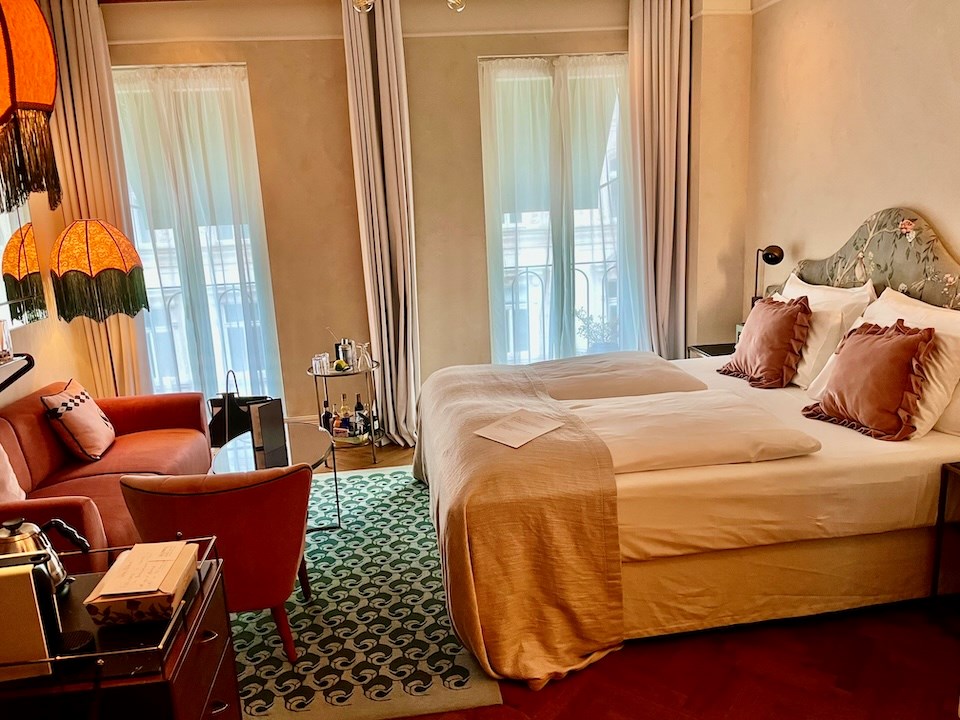
The restaurant pivots to feature other eats during the afternoon and evening, although I was out enjoying the city during this time. I hope to return because the view from the rooftop terrace on the eighth floor is truly spectacular (they do a food and drink service up there).
Ideal for couples, Hotel Motto's dreamy 91-boutique rooms feature romantic, embroidered walls with mirrored showers and delicate, slender terraces that overlook a street with residential apartments on the other side.
The hotel also has an attentive, friendly front desk staff. They were quick to help with suggestions about where to get specific items around town, quick ways to reach attractions, and more.
Should I take a tour?
I enjoyed a private tour with founder and guide Sebastian Knöbl, however, he told me that his tours are always relatively small, allowing for a more intimate experience.
A tour will take you through the top sights of the city, as well as explaining how it reached its current design. Vienna's Ringstrasse (Ring Road) was built in 1858, bordering the city's historic centre. It is also how the city is laid out into its 23 districts, with the first, the Inner Stadt, situated in the city centre.
The Stadtmauer is the city wall that formerly surrounded Vienna, and you can find pieces of it in a few exclusive places, including underneath the fine-dining restaurant I visited.
Knöbl explained the rich history of everything from and his famously beautiful wife "Sisi," , to the rise of several classical greats, including Mozart and Beetovan, and the rise of Adolf Hitler. It is chilling to learn about so much of the city's beautiful music, art, and love, and then stand in the place where a crowd of thousand cheered the former Nazi leader before the start of the World War II.
Sausage stand culture
Wieners, otherwise known as sausages, are integral to Viennese food culture. The German word for Vienna is Wien, and in 2024, UNESCO officially included "Würstelstand," a term signifying the , to its list of cities' characteristic social practices. Previously, the commission added the city's wine taverns and coffee houses to the official Viennese canon.
The is located by the Albertina museum in the historic city centre. The family-run business has operated in the stand since 1999, and also operates one at the Giant Ferris Wheel in the Prater.
Knöbl told me that many locals will see a show at the nearby Vienna State Opera and then visit the stand for a hot dog afterwards (the shows run several hours).
The stand is hard to miss, owing to the massive blue rabbit with a big bottle of champagne perched on top of it. Typically, visitors must also wait in line, although waits vary based on the season (summers are busier) and the timing of operas.
Where to eat in Vienna
The Central European city is a gastronomic paradise, from dawn to dusk, with options ranging from street food for under €10 to upscale dining experiences.
focuses on Wien (Vienna) tavern culture, serving up hearty classics and lighter interpretations of heavier meals. The restaurant is located in a historic building erected in the 14th century and renovated in 1897. It was used to stage parties for the Habsburg house and served as a place of shelter and trade for the merchants from Regensburg.
Tourists looking for an upscale option should try reserving a spot at the world-renowned . The two-Michelin-starred restaurant is touted for its impressive experiences with wine pairings, as well as its incredible location inside the Palais Coburg. Sommelier Maximilian Gurtler took me on a tour of the six wine cellars beneath the restaurant and hotel, featuring an impressive 5,200 labels of 60,000 bottles of red, white, sparkling, and everything in between. Try to reserve a table before you visit (it is world-famous).
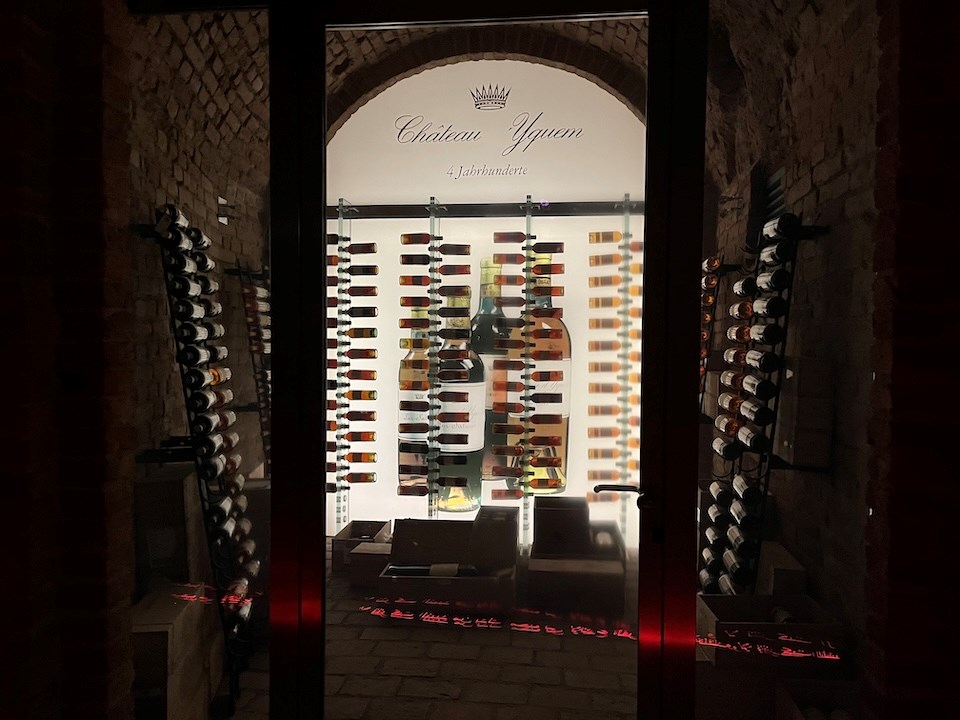
has served locals and visitors for over a century, making it a major player in Vienna's quintessential café culture.
The cafe describes itself as a "second living room," complete with special coffees, important foreign and domestic newspapers, traditional Viennese cuisine, fresh pastries, and a classic glass of water with each coffee.
I thoroughly enjoyed my dinner at , a restaurant lauded for its creative menus and fresh ingredients. It is the city's only vegetarian restaurant with a Michelin star, and was also awarded a Green Star by Michelin for its sustainable practices.
Other must-try spots to sip and dine in the City of Music include:
- for authentic cuisine and an adorable outdoor patio near the popular MuseumsQuartier
- for hearty meals such as cheese dumplings, beef soup, and Wiener Schnitzel with a large selection of beer on tap.
- : An adorable cafe open since 1910, where the servers all dress up, offering a selection of fresh-baked goods, hearty meals, classic Viennese coffees, and alcohol.
- : A pioneering Austrian vegetarian and vegan restaurant with a focus on a fresh seasonal menu.
Viennese attractions: From classical music to the Habsburg family
Vienna boasts over 100 museums, meaning travellers will never run out of things to do regardless of trip length (or the time of year they visit). My visit included several dismal days, although the sun parted at just the right time for integral visits to spots with breathtaking outdoor components.
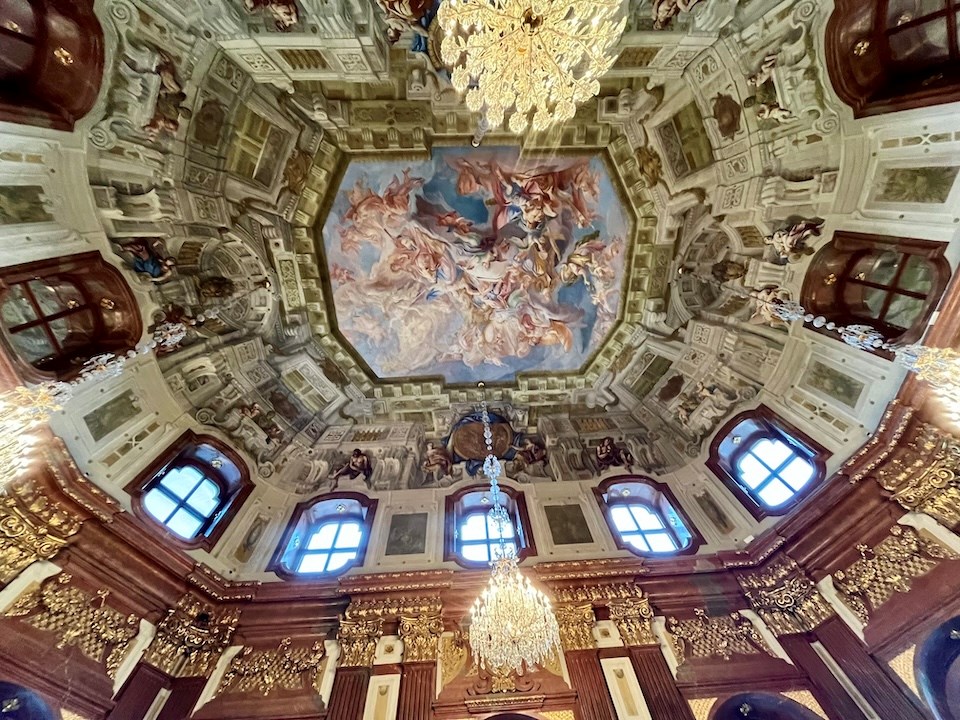
Schönbrunn Palace
Talk about a summer residence.
was the main summer home for the Habsburg family, showcasing their opulence through stately rooms, impressive artworks, lavish jewellery, and sprawling manicured gardens. There is even a museum dedicated to the royal carriages in the palace: the .
Visitors can enjoy a guided audio tour through the palace, which, like most Viennese palaces, functions as a type of museum. It is easily accessible via the U4 line on the U-Bahn, with a station name that is hard to miss: Schönbrunn.
Belvedere Palace
Art lovers will adore , home to one of the world's greatest collections of art.
Visitors will find masterpieces by Klimt, Schiele, Funke, Messerschmidt and van Gogh in the Upper Belvedere, spanning 800 years and featuring a diverse range of pieces, from modern to classical greats.
The Lower Belvedere houses the Palace Stables, more impressive artwork (including special exhibitions), the Marble Hall, and the Hall of the Grotesques.
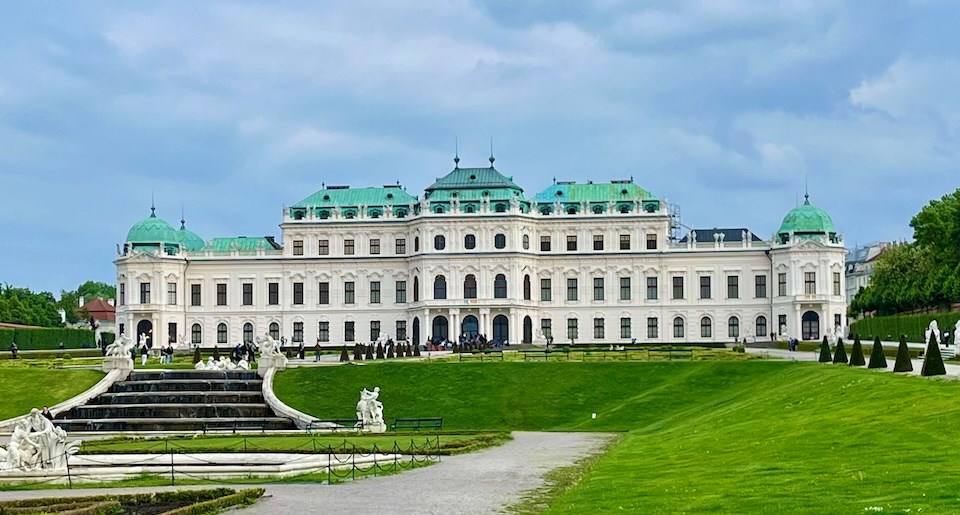
You'll want to spend several hours visiting the museums, starting with the Upper Belvedere, as it overshadows the latter with its jaw-dropping collection.
The palace's garden is one of Europe’s most important French-style historical gardens and of late Baroque garden design (even in its pared-down version).
Vienna Central Cemetery
The is Europe's second-largest cemetery and home to top political figures, prominent figures, movie stars, and other musical greats.
Since it is a massive green space, you can also watch for deer, foxes, numerous birds, squirrels, and other wildlife (nothing dangerous). While getting lost in the cemetery is great if you have time to spare, you may want to purchase a map at the entrance to locate individual graves.
It is the resting place of Beethoven and the Strauss dynasty. Mozart has a monument in the musicians' area.
Vienna State Opera
The sits in the First District in Vienna's city centre. It was constructed in 1869, and visitors can enjoy different music daily.
Tickets go up to €200, but the stands cost €10 to €15, making it a really "democratic place" for everyone to enjoy. Knöbl recommends people buy directly from the opera online, because the people standing outside aren't always legitimate. But it is possible to buy some last-minute ones at the opera directly (depending on the availability that day).
The opera is three hours long, but there is always an intermission (consider comfy shoes if you plan on braving the standing area).
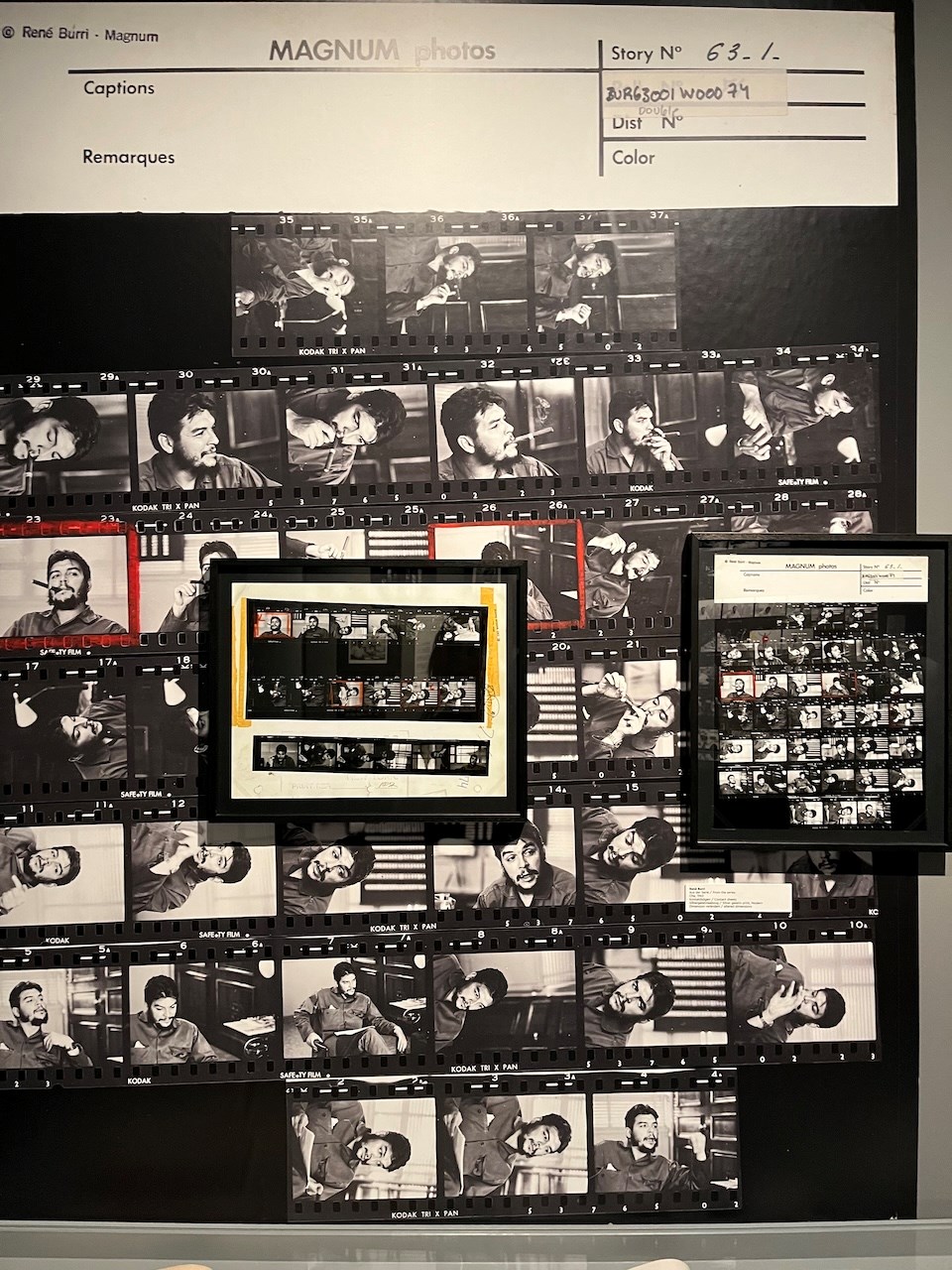
Other must-visit attractions in Vienna include:
- Leopold Museum: The houses a collection of Viennese art from around 1900, including the world's largest Egon Schiele collection. Visitors will also find top pieces by Gustav Klimt, Oskar Kokoschka and many others.
- Prater: boasts roller coasters, a Ferris wheel, food, and plenty of entertainment for families.
- Sisi Museum: This smaller museum is dedicated to the , with areas showcasing her unusual (for her time) hobbies, her clothing, complex beauty regimen, and more.
- Capuchins' Crypt: houses 150 Habsburgs, including the impressive double sarcophagus of Maria Theresia and her husband, Emperor Franz I.
- Mozarthaus Vienna: Mozart lived in an impressive 13 apartments in the capital, although only one remains for public inspection at Domgasse number 5 (he lived here from 1784 to 1787). is open for visits, paying homage to the city's most popular star.
- Foto Arsenal Wien: This relatively in Vienna boasts fascinating collections from renowned photographers to new artists, as well as plenty of food footage collections and much more.
Why Condor makes a great choice for YVR travellers
Condor offers the cheapest flights from YVR to Vienna International Airport (VIE) in 2025, saving hundreds of dollars for trips between the two cities.
Travellers departing YVR fly directly to the airline's German hub, Frankfurt International Airport (FRA), and then connect to a vast network across Europe. They fly on the Airbus A330neo aircraft, which accommodates 310 passengers, with four Prime seats, 26 seats in Business Class, 64 seats in Premium Economy Class, and 216 seats in Economy Class.
The flight from Â鶹´«Ã½Ó³»to Frankfurt is just shy of 10 hours, while the one to Vienna is just under an hour and a half.
Having a Business Class ticket made boarding a breeze, with early boarding and a crisp glass of champagne before departure. However, travellers flying Economy and Premium Economy enjoy several perks.
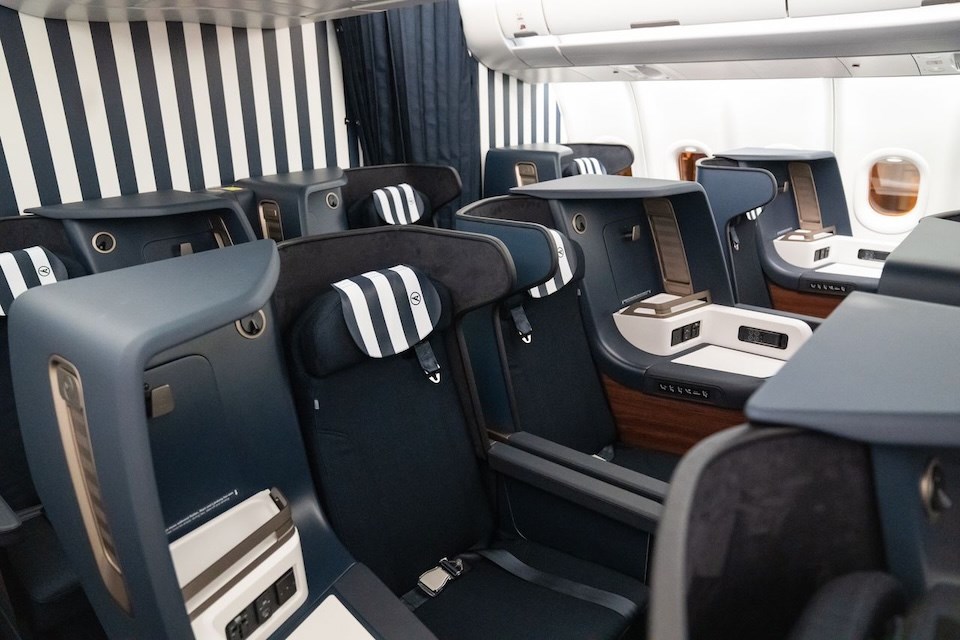
What other airlines fly from Â鶹´«Ã½Ó³»to Vienna?
Locals hoping for a direct flight from Â鶹´«Ã½Ó³»are out of luck, unless they fly directly to a different city, such as Frankfurt, and then take a train to Vienna.
Aside from Condor, numerous airlines fly from YVR to VIE on connecting routes, including:
- Aer Lingus
- Air Canada
- Air China
- Air France
- Air India
- Air Serbia
- Air Transat
- Alaska Airlines
- American Airlines
- ANA
- Austrian Airlines
- British Airways
- Brussels Airlines
- Croatia Airlines
- Delta Airlines
- Emirates
- Eurowings
- Finnair
- Icelandair
- KLM
- Korean Air
- LOT
- Lufthansa
- SWISS
- Tap Air
- Portugal Airlines
- Turkish Airlines
- United Airlines
- WestJet
- Wizz Air
Are there any safety risks associated with travel to Austria?
Canada gives travellers the green light to , meaning only normal security precautions are advised. That said, all travellers to Europe must heed the .
Visa-free travel only applies to stays of up to 90 days in any 180-day period. Stays of more than this will require a visa. Passports must also be valid for three months before a traveller flies home.
Vienna is considered one of the safest cities in the world and is suitable for women to visit alone. But petty crime, such as pickpocketing, is common, particularly in the city centre, near St. Stephen's Cathedral. It also occurs in and around the major rail stations, as well as on international trains travelling to and from Austria.
There is also an ongoing threat of terrorism across Europe, meaning travellers should monitor local media for updates on the security situation. Follow the instructions of the authorities if any situation evolves.
Thanks to and the for facilitating a portion of the meals and activities mentioned above. All opinions and inclusions are those of the author and were based solely on personal experience. None of the businesses or entities featured were granted any previews of the story before publication or paid to be mentioned.
Find more information about exciting destinations in B.C. and across the globe, as well as travel deals and tips, by signing up for V.I.A.'s weekly travel newsletter The Wanderer. Since travel deals can sell out, find out the day they are posted by signing up for our daily Travel Deals newsletter.
Want to learn more about a specific destination or have a travel concern or idea you would like V.I.A. to write about? Email us at [email protected]. Send us stories about recent holidays that you've been on, or if you have any tips you think our readers should know about.
